Teagasc, in association with GlasTeo, hosted the first Irish industrial hemp summit this week at the Ashtown Food Research Centre.
The meeting was organised to engage various Government department bodies into examining the potential of the Irish hemp industry.
What is hemp
This cash crop is a strain of the Cannabis sativa plant species, which can be grown for over 50,000 different products including paper, clothing, biodegradable plastics, insulation, biofuel, food, skincare and animal feed.
The plant was one of the first to be spun into usable fibre 10,000 years ago, with ropes made from it today.
Although cannabis is a drug and industrial hemp also derives from the same species, they contain much different levels of the psychoactive component tetrahydrocannabinol (THC).
Hemp has lower concentrations of THC and higher concentrations of cannabidiol (CBD), which eliminates its psychoactive effects.
Robert Stephenson is a founding partner of GlasTeo, the company behind this year’s hemp summit.
The firm acts as a consulting enterprise, promoting the establishment of an indigenous industry in Ireland.
Stephenson told the Irish Farmers Journal: “The 2030 climate framework is nonsense without crops such as hemp being grown in Ireland.
"You can use it to build your house and in turn reduce electricity bills by 75%.
"From a climate aspect, for every tonne of hemp grown, a tonne and a half of atmospheric carbon is removed. For it to be effective, an industry must be built in Ireland first.”
The legality of industrial hemp varies widely between countries.
In Ireland, it can be grown only with approval from the Health Products Regulation Authority (HPRA).
Farmers who wish to grow hemp on their land must apply for a license through the HPRA.
HPRA licensing process:
Applicant must initially register their interest to grow hemp with the HPRA.A hemp seed type is then selected - the Finola strain has been most popular.Location of the fields, including total acreage for where the crop is to be grown, is then submitted, including co-ordinates.The seed supplier is then assessed, ensuring their certification to supply.The hemp's final purpose must be stated before sowing.Licenses are then issued based on the above specifications.Emer O’Neill from the HPRA attended the event.
She said: “Over 77 applications have been received this year so far, with 373ha planted. Fifty-one of these applications included Finola seed, up from a total of just seven applications made in 2016.”
Also speaking at the event was Paul Benhaim, chief executive of Elixinol, a global company which has been selling hemp products for over 25 years.
“For Irish growers, the potential is to join in on what is happening in the USA where hemp has become the most lucrative crop per acre grown," Benhaim said.
"Hemp as a carbon sink can lock up a lot of these greenhouse gasses in their stems, which can then be used as a building material.”
Hemp products at the summit:

Various hemp-derived CBD products on show at the summit.
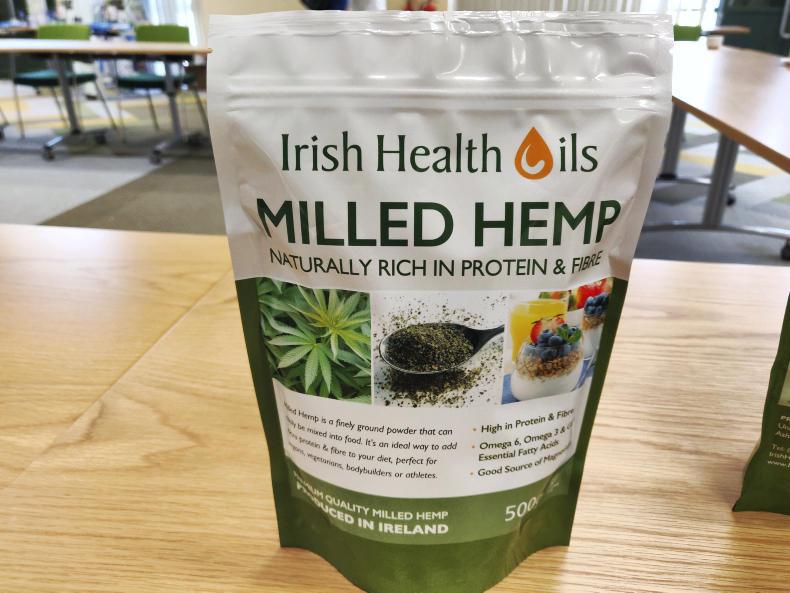
Milled hemp which can be spread on daily meals.
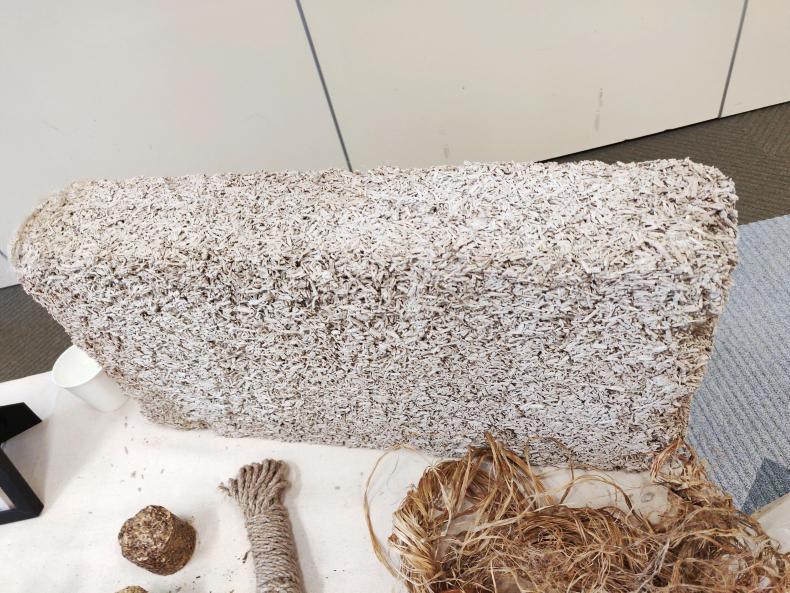
Construction brick made from hemp and lime.
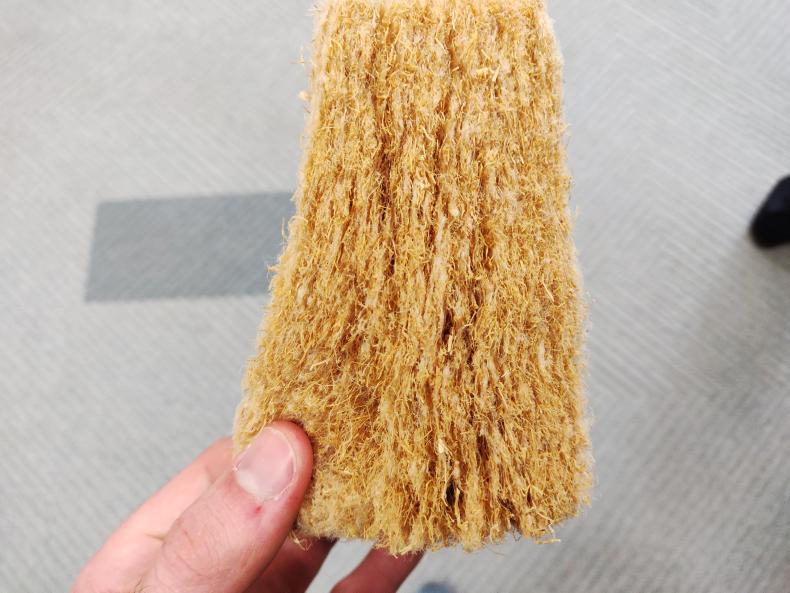
Insulation made from hemp fibres.
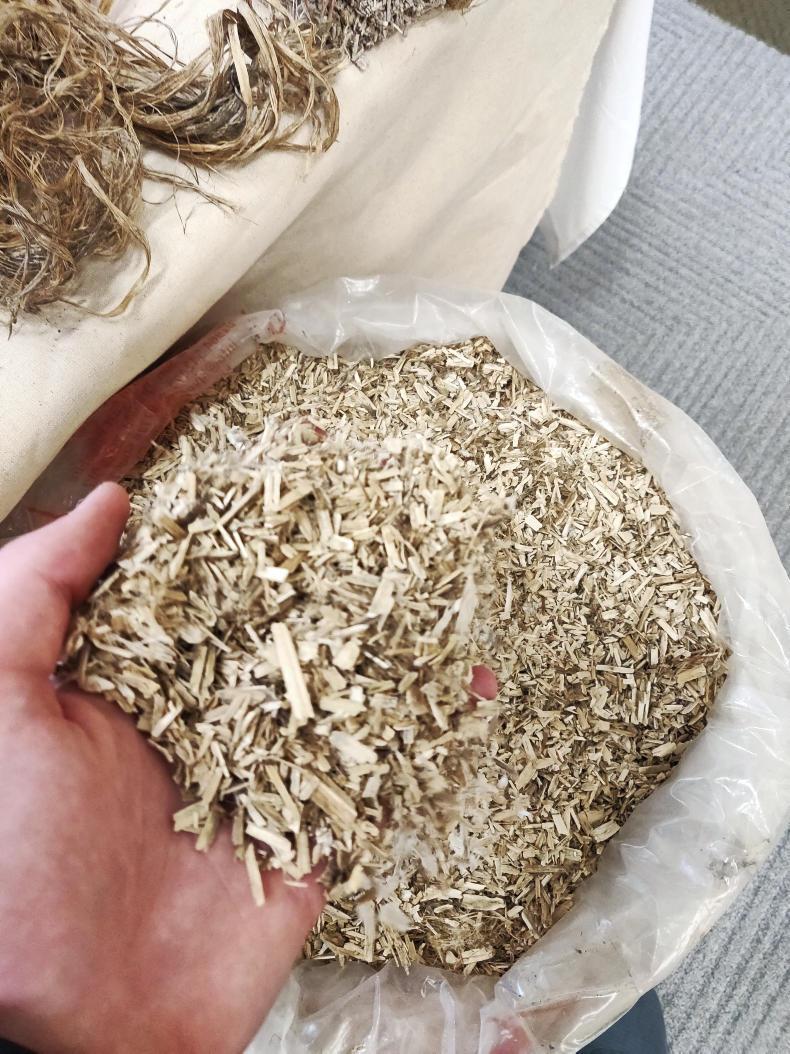
Core from the stem of hemp plants. Can be used in various products such as hemp bricks.
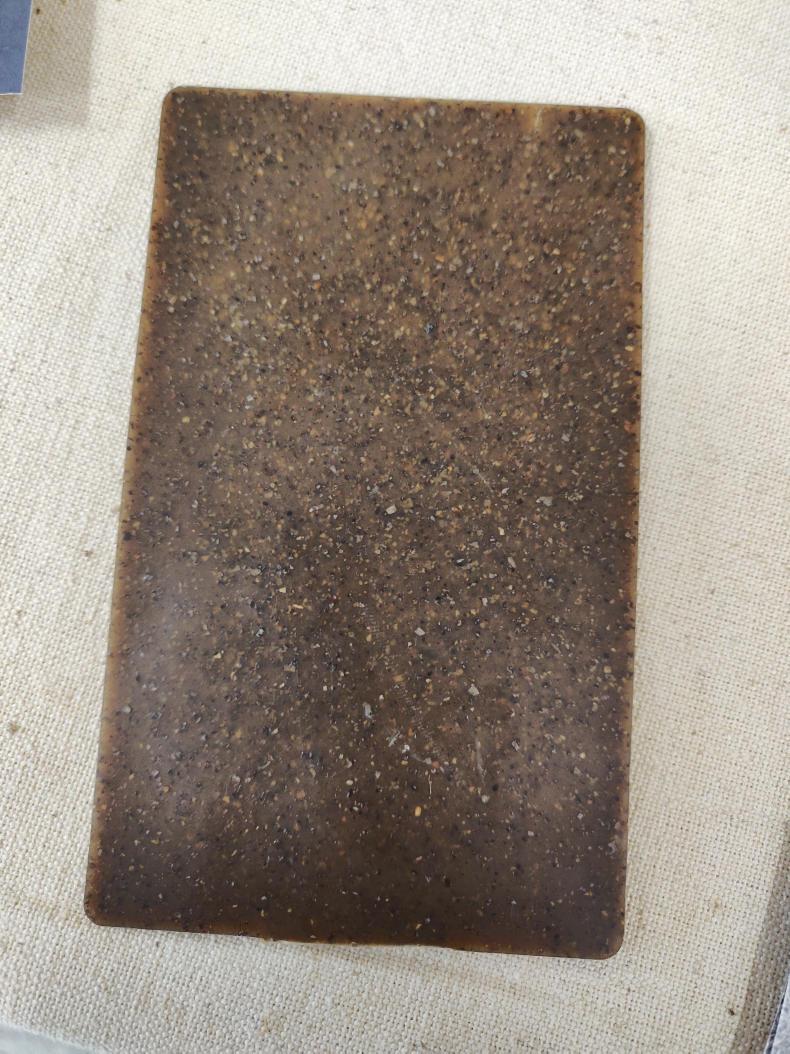
Plastic derived from hemp plants.
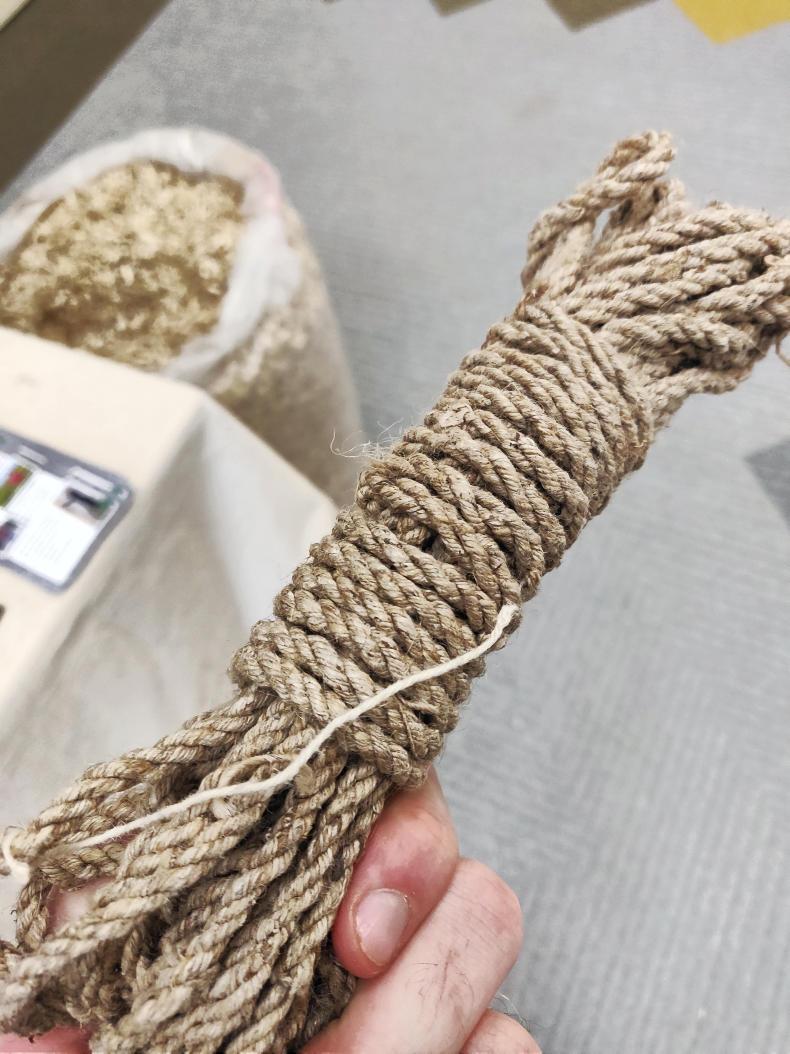
Rope made from Cannabis fibres.
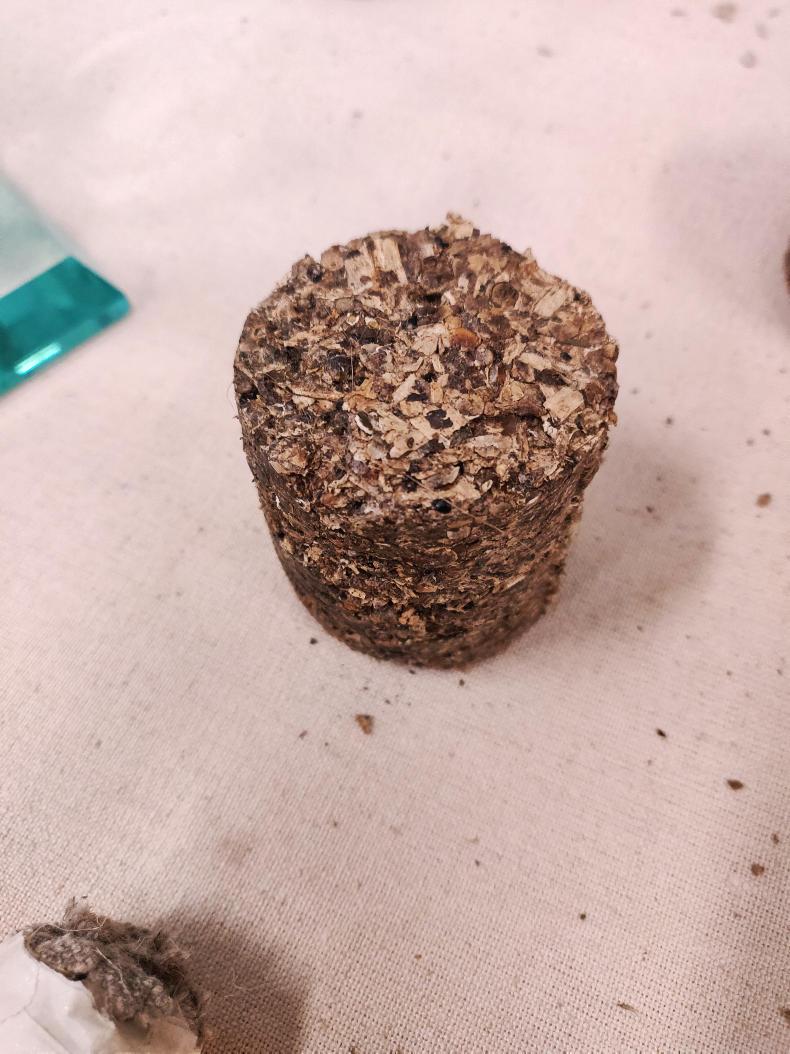
Briquette made from compressed hemp.
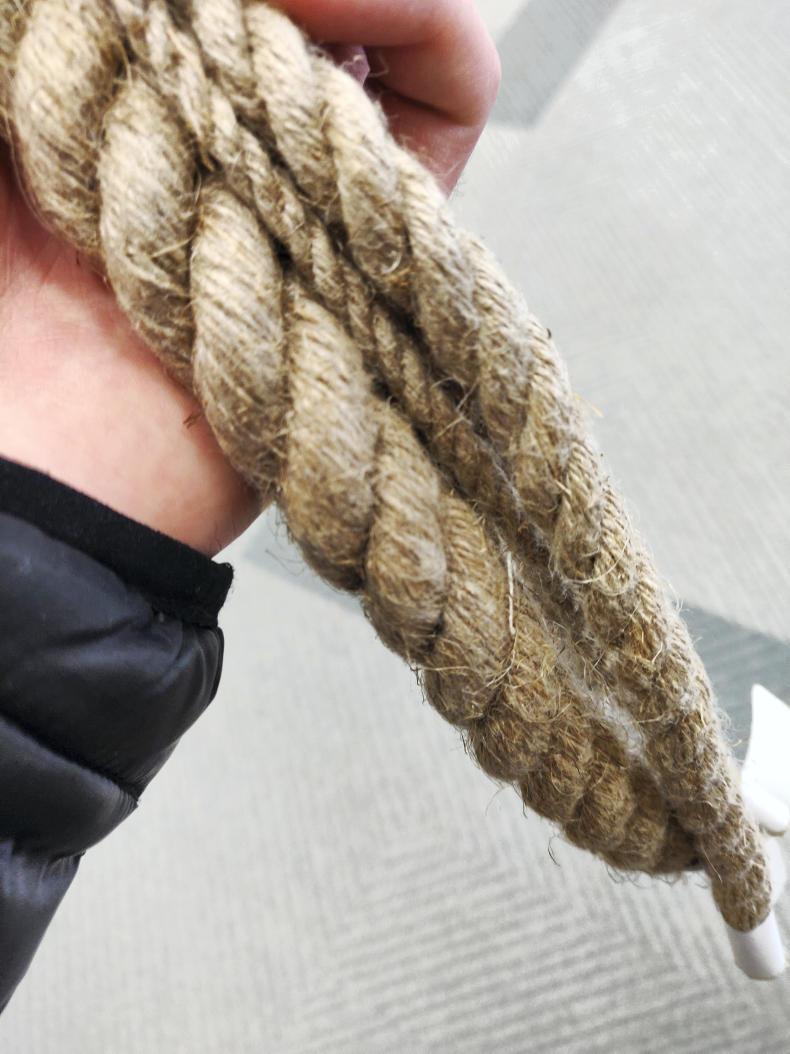
Rope made of hemp fibres.
Read more
Grain prices: markets continue to rise and fall
Crops & Spreaders 2019 takes place next week
Teagasc, in association with GlasTeo, hosted the first Irish industrial hemp summit this week at the Ashtown Food Research Centre.
The meeting was organised to engage various Government department bodies into examining the potential of the Irish hemp industry.
What is hemp
This cash crop is a strain of the Cannabis sativa plant species, which can be grown for over 50,000 different products including paper, clothing, biodegradable plastics, insulation, biofuel, food, skincare and animal feed.
The plant was one of the first to be spun into usable fibre 10,000 years ago, with ropes made from it today.
Although cannabis is a drug and industrial hemp also derives from the same species, they contain much different levels of the psychoactive component tetrahydrocannabinol (THC).
Hemp has lower concentrations of THC and higher concentrations of cannabidiol (CBD), which eliminates its psychoactive effects.
Robert Stephenson is a founding partner of GlasTeo, the company behind this year’s hemp summit.
The firm acts as a consulting enterprise, promoting the establishment of an indigenous industry in Ireland.
Stephenson told the Irish Farmers Journal: “The 2030 climate framework is nonsense without crops such as hemp being grown in Ireland.
"You can use it to build your house and in turn reduce electricity bills by 75%.
"From a climate aspect, for every tonne of hemp grown, a tonne and a half of atmospheric carbon is removed. For it to be effective, an industry must be built in Ireland first.”
The legality of industrial hemp varies widely between countries.
In Ireland, it can be grown only with approval from the Health Products Regulation Authority (HPRA).
Farmers who wish to grow hemp on their land must apply for a license through the HPRA.
HPRA licensing process:
Applicant must initially register their interest to grow hemp with the HPRA.A hemp seed type is then selected - the Finola strain has been most popular.Location of the fields, including total acreage for where the crop is to be grown, is then submitted, including co-ordinates.The seed supplier is then assessed, ensuring their certification to supply.The hemp's final purpose must be stated before sowing.Licenses are then issued based on the above specifications.Emer O’Neill from the HPRA attended the event.
She said: “Over 77 applications have been received this year so far, with 373ha planted. Fifty-one of these applications included Finola seed, up from a total of just seven applications made in 2016.”
Also speaking at the event was Paul Benhaim, chief executive of Elixinol, a global company which has been selling hemp products for over 25 years.
“For Irish growers, the potential is to join in on what is happening in the USA where hemp has become the most lucrative crop per acre grown," Benhaim said.
"Hemp as a carbon sink can lock up a lot of these greenhouse gasses in their stems, which can then be used as a building material.”
Hemp products at the summit:

Various hemp-derived CBD products on show at the summit.

Milled hemp which can be spread on daily meals.

Construction brick made from hemp and lime.

Insulation made from hemp fibres.

Core from the stem of hemp plants. Can be used in various products such as hemp bricks.

Plastic derived from hemp plants.

Rope made from Cannabis fibres.

Briquette made from compressed hemp.

Rope made of hemp fibres.
Read more
Grain prices: markets continue to rise and fall
Crops & Spreaders 2019 takes place next week















 This is a subscriber-only article
This is a subscriber-only article










SHARING OPTIONS: